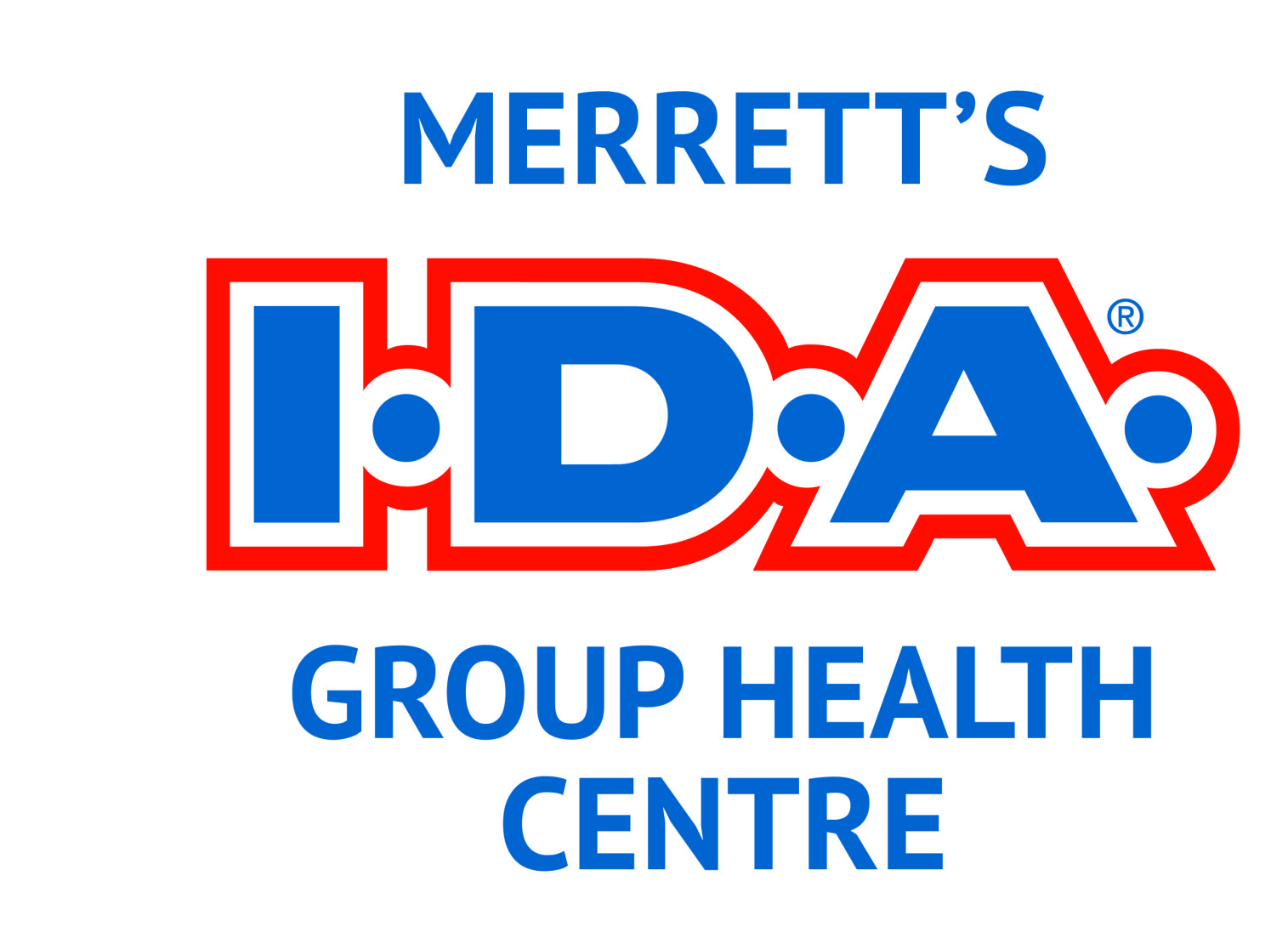Topical Pain Relievers
HOW TO CHOOSE A TOPICAL ANALGESIC TO RELIEVE PAIN
When pain is localized, for example in your left ankle, opting for a topical pain reliever can be a great alternative to tablets or capsules and a convenient way to treat it. Topical pain relievers are available in a range of different forms, including creams, lotions, ointments, gels, sprays, and patches. The form you opt for will depend primarily on the specific site of the pain and personal preferences.
Topical pain medications either use an anti-inflammatory drug or counterirritants to provide relief.
